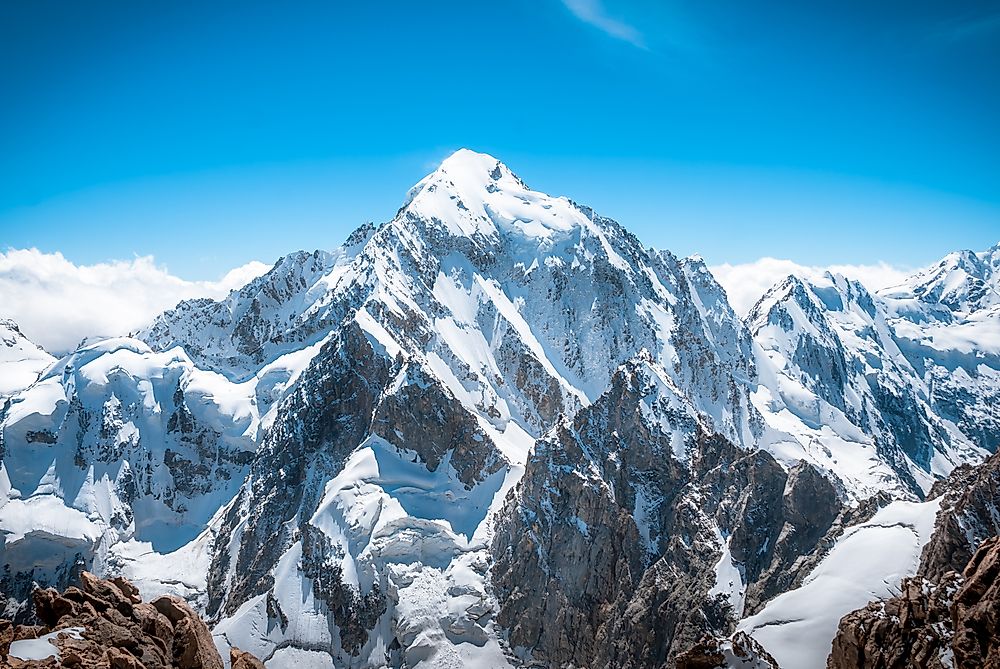The 2014 Nepal Snowstorm Disaster

Mountaineering is one of the most popular outdoor activities one can take part in. It can also be one the most dangerous activities. Some of the common hazards include rock falls, stormy weather, avalanches, falls, and illnesses. Despite the obvious dangers, people continue to climb mountains. In Nepal, October is a peak month for trekkers to gather and find their way up the Himalayan Mountains. The month is characterized by clear skies with the sun shining throughout. However, a heavy snowfall on October 14, 2014, followed by several avalanches caused a nightmare scenario which left at least 40 people dead in what is regarded as Nepal’s worst trekking disaster. The injuries and fatalities resulted on and around the Annapurna and Dhaulagiri Mountains.
Nepal: A Major Attraction For Mountaineers
Nepal is home to eight of the world’s 14 highest mountains. The mountains are a popular destination with tourists from different parts of the world climbing the mountains, especially in the month of October. The mountains offer spectacular views attracting backpackers as well as experienced climbers every year. Trekkers account for 12% of the tourists who visit Nepal. Annapurna Circuit is the most popular walking route in the Himalayas. It takes about 3 weeks to complete the 240-km circuit and has been dubbed the ‘Apple Pie’ because of the tea houses lining the route offering the cold beer and home baking.
When The Disaster Struck...
Some 168 tourists of different nationalities registered to hike in the area of Annapurna and Dhaulagiri. On October 14, 2014, a storm and avalanches occurred on and around Manang and Mustang Districts of Nepal within the Himalayan Range. The storm may have arisen from Cyclone Hudhud with snow as high as 5.11 feet falling within 12 hours. The storm resulted out of a combination of the tropical cyclone with the upper trough. The snow storm cut off the electric power, cell phone connections, and internet services in the Manang District. Several trekkers took shelter in the teahouses while others proceeded across the pass and down the steep to the exposed path. Most of the trekkers and the guides were ill-equipped while some had not ventured to the mountain terrain before.
Fatalities And Rescue Efforts
Trekkers in the area at the time of storm were of different nationalities, although a large number (78) came from New Zealand. The poor telecommunication hampered the rescue effort while some of the casualties and their tents were buried by the avalanche. The Nepali Army was largely involved in the rescue effort with helicopter missions to help in the rescue. The first international call for help was made by Israeli Embassy in Kathmandu after one of the trekkers who had been trapped sent down a message with a local Sherpa. By October 15, 22 people including one guide had been rescued. At the end of the rescue operation on October 19, there were 400 climbers who had been rescued from different areas of Manang and Mustang. However, at least 43 trekkers were not as lucky, as they unfortunately perished. This included 21 trekkers of varying nationalities who had set out to explore the Annapurna Circuit. Among those dead also included some of the local personnel who had played an integral part of the mission such as cooks, guides, and herders.











